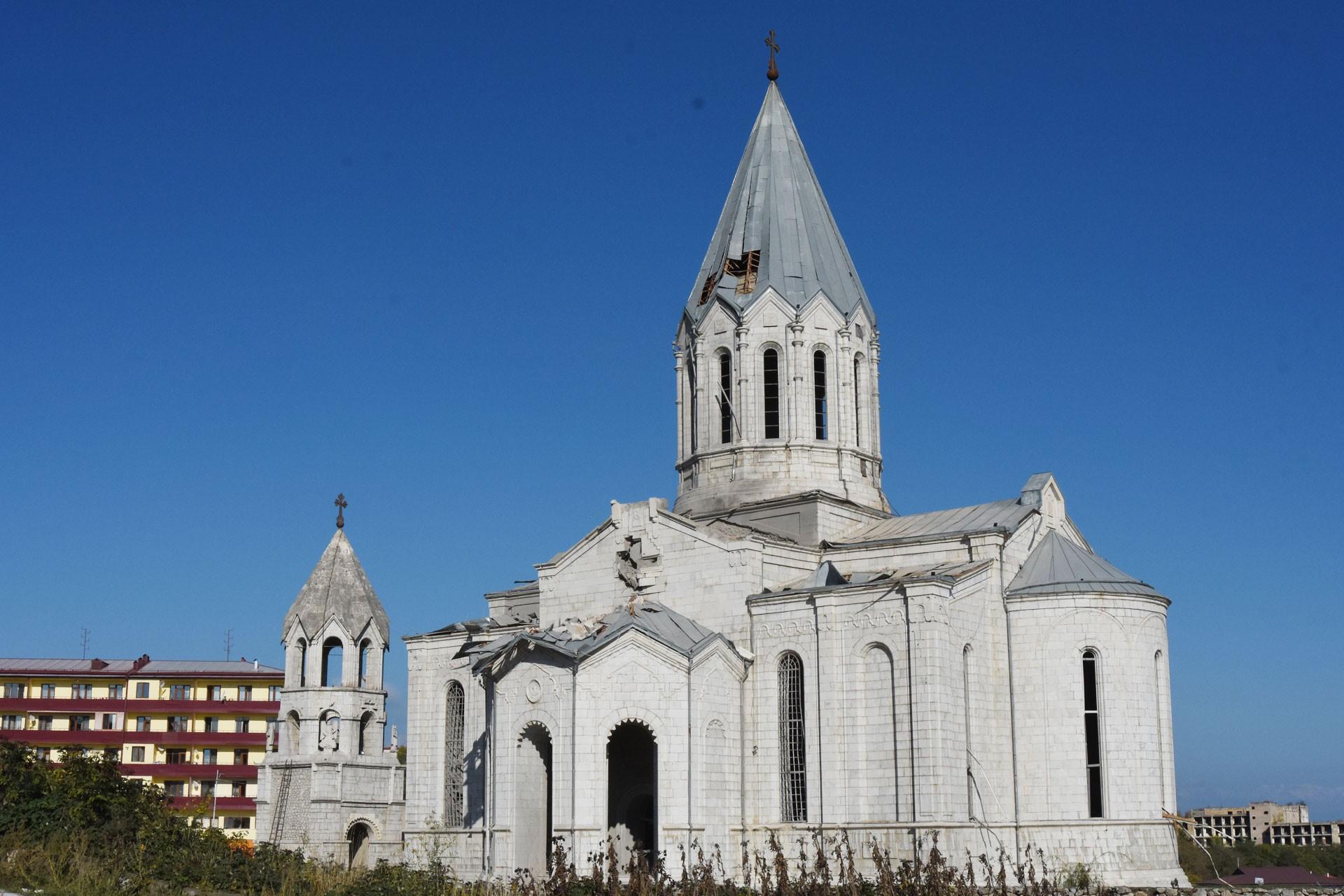
2020 Karabakh War: Azerbaijani Military Used Turkish Rockets to Hit Shushi Cathedral
Hetq, based on the factual evidence and professional assessments at its disposal, has attempted to ascertain what weapons Azerbaijani forces employed to strike the Holy Savior (Ghazanchetsots) Cathedral in Shushi on October 8, 2020.
On that day, Azerbaijani forces twice struck the Holy Savior Cathedral (built in 1868-1887), which is not only the diocesan center of the Armenian Apostolic Church in Artsakh, but one of the most prominent symbols of Armenian identity in Shushi and Artsakh. In addition, during the war, local Armenians took refuge in the basement of the church.
The Azerbaijani military first struck the cathedral shortly after noon on October 8, followed by another attack that evening. During the second strike, Russian journalists and their Armenian escort were in the church and were injured.
Both strikes hit the southern part of the church roof with great accuracy. The Hetq team (Editor-in-Chief Edik Baghdasaryan, photographers Hakob Poghosyan, Saro Baghdasaryan) visited the church after the first strike, filming there and on the way to Shushi, during which the team recorded the sound of an enemy UAV in the sky. After the second blow, on the evening of October 8, our team made its way to Ghazanchetsots on the morning of the 9th.
On the 9th of the month, our journalists found armament remains inside the church, including parts of the control system and a metal ring in church courtyard.
In addition, the church guard handed Hetq reporters a piece of metal resembling a rocket wing.
Hetq showed the control system and metal parts to Armenian specialists to understand what weapons they might have belonged to. Although we do not claim that they are all remnants of the same weapon, it should be noted that the Azerbaijani military did not target Ghazanchetsots before the two strikes on October 8, which probably means that the parts found by the journalists and the guard belong to the weapon that struck the famous Armenian religious structure. It is also difficult to say whether both strikes were carried out with the same weapon. But the fact is that they were delivered to the same point on the roof with great accuracy, which increases the likelihood that the same weapon was used.
Regarding the first Azerbaijani strike, Shushi residents told reporters and Human Rights Watch (HRW) that they saw three Azerbaijani planes in the sky. An HRW researcher visited the church on October 13 and recorded not only the damage to the church but also a few small pieces of ammunition.
Examining the photographs that appeared on the Internet after the first and second strikes (the hole in the roof of the church and the remains of ammunition) and the details found on the spot, the HRW researcher could not identify the weapon used in each strike. But the remains showed that weapons used had accurate strike capability and that it was possible to adjust the flight course of the weapon after its launch. Hetq also reached this conclusion. The two accurate strikes indicate that the Azerbaijani military used precision-guided/smart weapons.
The HRW researcher's report that no remnants of air-to-ground weaponry were found is significant. Hetq, with the help of Armenian specialists, also concluded that the Azerbaijani military hit Ghazanchetsots not from the air, but from the ground, that is, the church was not targeted by UAVs or a plane.
Azerbaijani military used 300 mm rockets
In the photo below, aircraft designer and engineer Arman Poloyan points out that one of the metal fragments is a rocket engine nozzle ring, through which the gases generated during combustion in the rocket engine exit.
The soot left on the inner surface of the nozzle ring in our possession is the result of the emission of gas. This ring, which was produced in 2018, is the last detail of the missile's rear section. Poloyan says that judging by the color and weight of the ring metal, it’s most probably a titanium alloy, and the specific alloy can be detected via analysis. The 300 mm diameter of the ring is noteworthy and we’ll return to it later.
The other part, produced in 2017 and deformed because of the impact and explosion, is apparently made of aluminum. It completely corresponds to the nozzle ring in terms of its volume and number of grooves.
The aluminum part has NAS (National Aerospace Standards) screws used in aviation and rocketry.
These screws attached the aluminum part to the rest of the fuselage. The remaining composite materials of the fuselage are seen below.
Thus, the nozzle ring, and the corresponding deformed part attached to it, remaining composite materials of the fuselage, lead to the conclusion that we are dealing with a 300 mm caliber missile.
The other remnant of the rocket is its wing, which acts as a stabilizer-steering mechanism.
In the picture you can see the axis of rotation of the wing, around which it moves, ensuring the proper flight course of the rocket. The wing is also made of titanium alloy, judging by the color and weight of the metal. What we see in the picture is the metal frame of the wing, on which, however, some parts of the composite cover are preserved.
There’s a layer made of cork on the frame, and on it, another layer made of CFRP (carbon-fiber-reinforced plastics). Poloyan says they ensure the streamlining of the structure.
Thanks to the cork and carbon fiber, the missile also cannot be detected by radar since the carbon fiber doesn’t reflect radar waves. The waves either penetrate the fiber or are absorbed. The missile’s streamlined design also frees it from radar detection.
The structure of the wing, in the form of a trapezoid, is also important. This is the data of the sample we have.
There are several types of 300 mm caliber weapons in Azerbaijan’s arsenal: the Russian Smerch, Belarusian Polonez (301 mm), the Turkish Kasırga multiple launch rocket system, and maybe we can include the Israeli EXTRA missiles (306 mm) launched from LYNX multiple launch rocket system. These are all surface-to-surface missiles.
The Smerch and Polonez missiles have more than one stage, i.e., sometime after launch, their combat part separates from the rear, where the engine is, which means that the latter does not reach the target, as we see in the case of the Ghazanchetsots strike. The whole rocket reached the church with stabilizer-wings and a nozzle. In addition, the Russian and Belarusian missile stabilizers look completely different from what we have collected. The same can be said about the Israeli EXTRA, whose caliber is also slightly different. EXTRA also has an air-to-ground version (Rampage), but its stabilizers are also significantly different from what we have on hand.
Comparing the 300 mm caliber of the missile that hit the Shushi Cathedral and the structure of the wing with the weapons in the arsenal of Azerbaijan, Arman Poloyan says, with 90% certainty, that it was Kasırga TRG-300 guided rockets that struck the Shushi church.
Rocket uses complex control system
Although little remains of the missile control system found by the Hetq team, we can draw some important conclusions. As you can see in the photo, there are four printed circuit boards in the metal mold. Poloyan counted eight layers in each. The number of layers speaks to the complexity and capabilities of the device.
The printed circuit board assembly includes various components, including FPGA chips. (A field-programmable gate array (FPGA) is an integrated circuit designed to be configured by a customer or a designer after manufacturing – hence the term "field-programmable".)
Poloyan says that these are processors that handle large amounts of information and make calculations at extremely high speeds. For example, rocket stabilization or guidance is done through FPGA chips.
In the photo, taken under a magnifying glass, you can see the Cyclone V type FPGA chip of the American company Altera (owned by technology giant Intel Corporation), which was produced in South Korea.
We also used a magnifying glass to photograph the transceiver manufactured by the American company, Analog Devices, and released in Singapore. Such devices both receive and transmit radio channels, that is, information. This is an important circumstance, suggesting that the rocket that struck the Shushi church was controlled.
We mentioned above that, according to engineer-designer Arman Poloyan, the Azerbaijani military used a TRG-300 Kaplan (Turkish for tiger) rocket. The video below shows a TRG-300 Tiger rocket fired by the T-300 Kasırga (hurricane) system manufactured by the Turkish company Roketsan. The rockets are launched from a four-barrel MCLS (multi-caliber launcher system).
The TRG-300 has two variants: BLOCK-I and BLOCK-II. The total weight of the first is 585 kg, and the warhead weighs 105 kg. The second weighs 670 kg and carries a 190 kg warhead. The range of BLOCK-I is 30-120 km, and the heavier BLOCK-II - 20-90 km. The US GPS and the Russian GLONASS satellite navigation systems, as well as the INS (inertial navigation system) are used to guide the TRG-300. The rocket is accurate out to ten meters.
Hetq, with the help of Armenian communications specialists, revealed that the electronic circuit of the missile control system we discovered could provide frequency of up to 1900 MHz. In the circuit we have found band-pass filters (BPF) that pass frequencies within a certain range and reject frequencies outside that range. In this case, as we can see in the photo, the filters produced by the South Korean company SGC Technologies Inc. provided a bandwidth of 1230 MHz.
What makes this interesting? This is a frequency used by the American GPS system. In general, GPS uses three bands: 1563-1587 MHz (known as L1), 1215-1239.6 MHz (L2) and 1164-1189 MHz (L5). All three are applicable for both civilian and military needs.
To sum up, we have metal parts, which by their size suggest a 300 mm caliber missile in the arsenal of Azerbaijan. The presence of the rear of the rocket on the grounds of Ghazanchetsots Cathedral suggests that we are dealing with a single-stage rocket, such as the Turkish TRG-300.
On the other hand, the receiver-transmitter found on the electronic circuit suggests that the missile is indeed guided, and the filters suggest that the rocket uses a GPS frequency, which, according to official Roketsan data, is also used to control the TRG-300.
How and when the warheads were detonated
According to the official data of the manufacturer, TRG-300 uses two types of fuzes: contact fuze and proximity fuze. If the warhead of the former explodes when hitting the target, in the latter, the explosion takes place without hitting the target, at a short distance from it. Damage using a non-contact explosive is estimated to be several times more effective than damage using a contact explosive.
The Human Rights Watch researcher, examining the interior of Ghazanchetsots Cathedral after the October 8, 2020 strikes, has suggested that delay fuze warheads were used during the second strike since there were numerous traces of debris on the structure’s inner walls. That is, the warhead didn’t explode when hitting the roof, but afterwards, inside the church.
However, such a result may also mean that a proximity fuze was used, which detonated a few meters above the floor of the church, damaging the walls as well.
In other words, the Azerbaijani military, after hearing Armenian reports that civilians were sheltering in the church, could have detonated such an explosive, aiming to inflict more damage than the first strike. It is assumed that the warhead exploded inside the church, but in the air, above the floor. It is no coincidence that journalists there were injured during this second strike.
Top photo: Ghazanchetsots Cathedral, October 9, 2020
Photos by Hakob Poghosyan and Ani Sargsyan. Video by Hakob Poghosyan and Saro Baghdasaryan
 Videos
Videos Photos
Photos
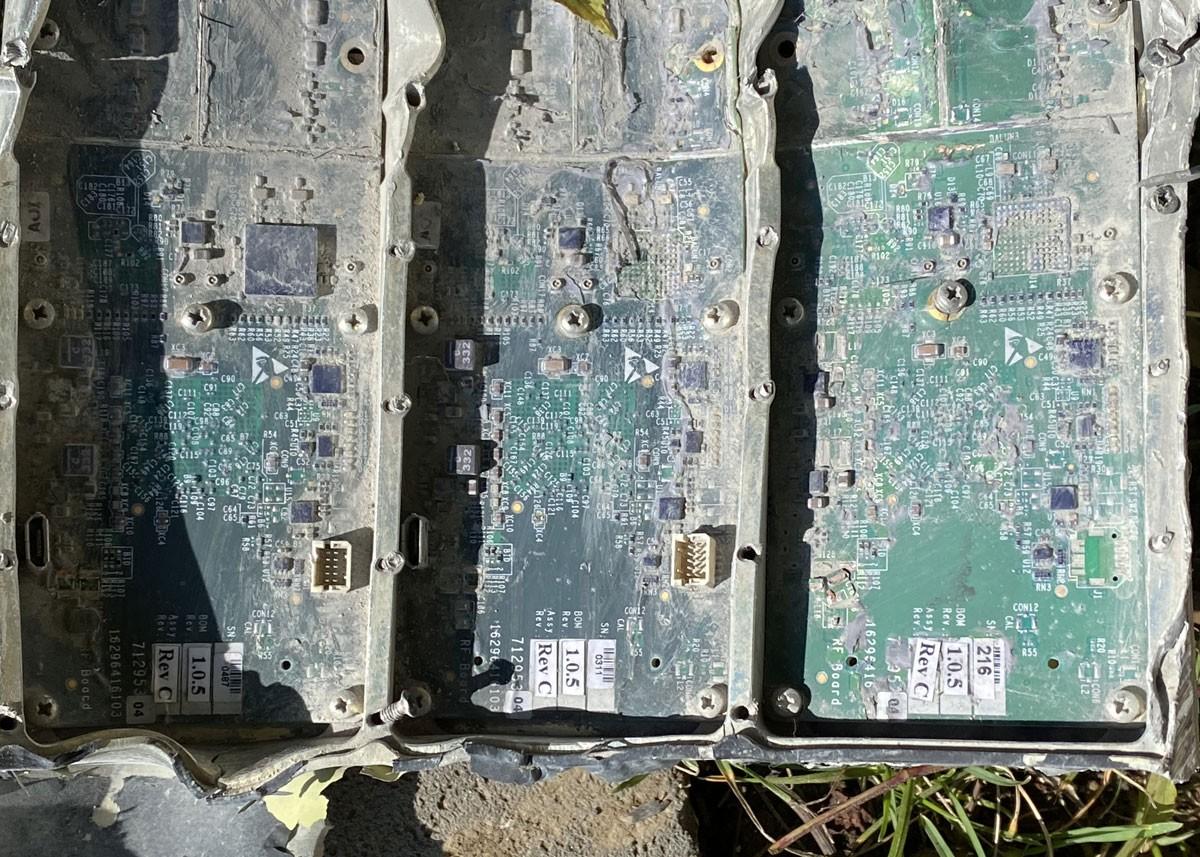
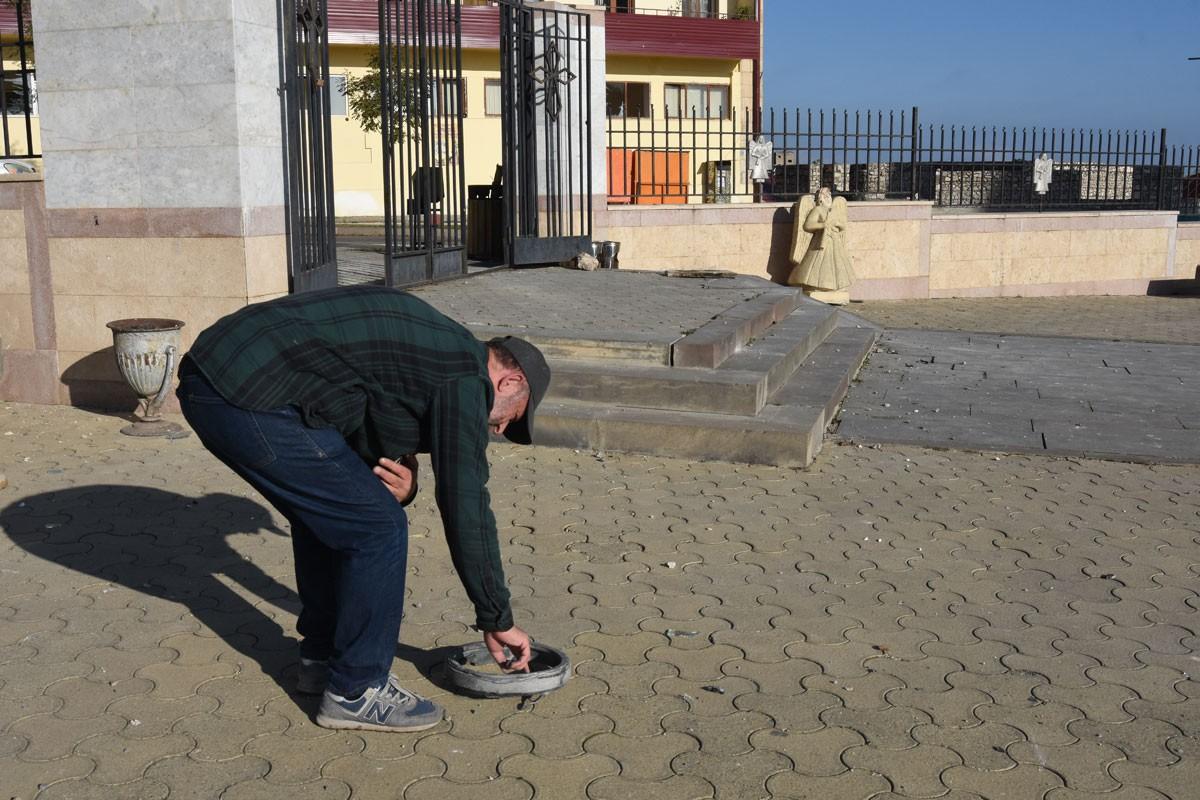
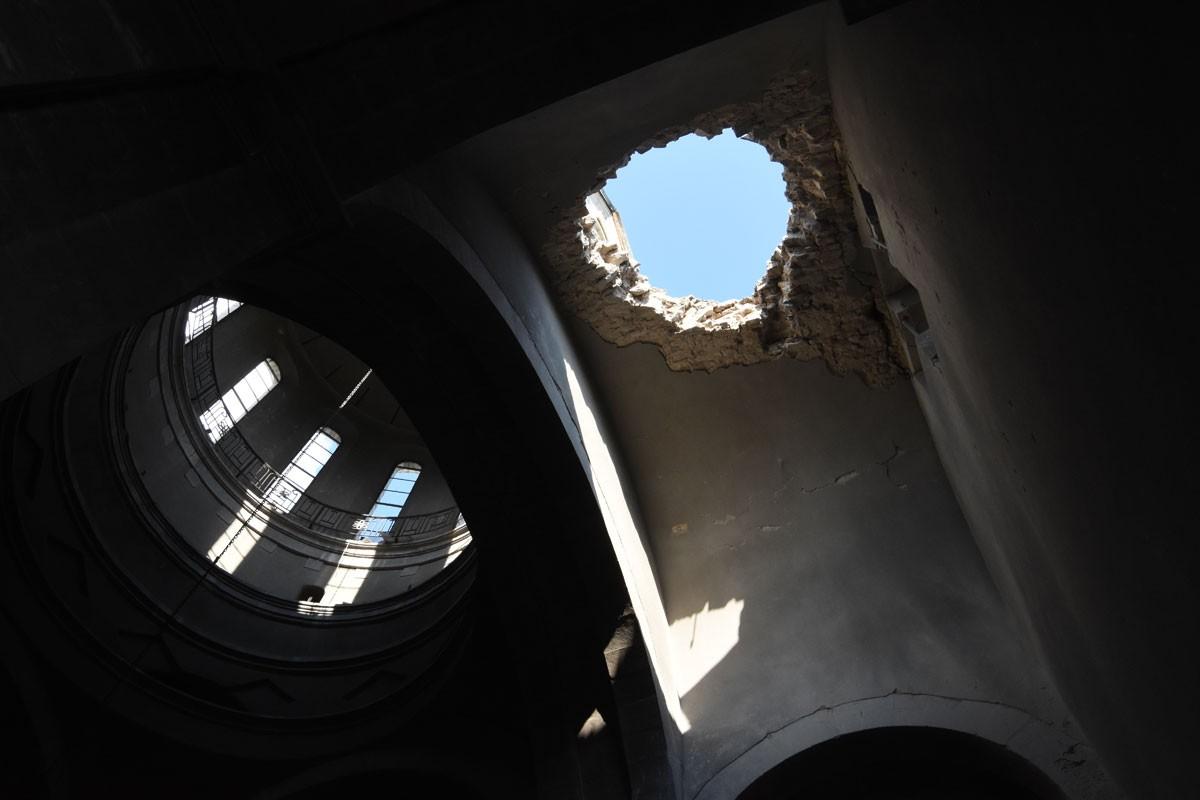
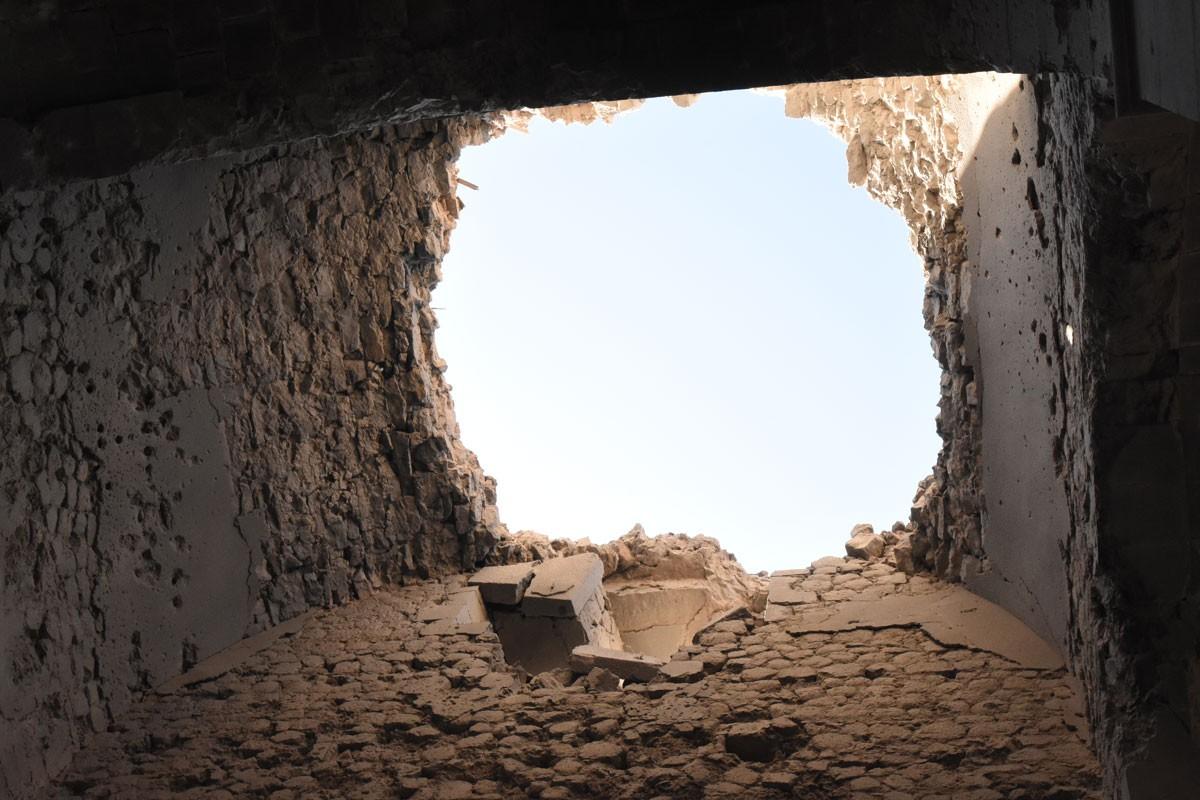


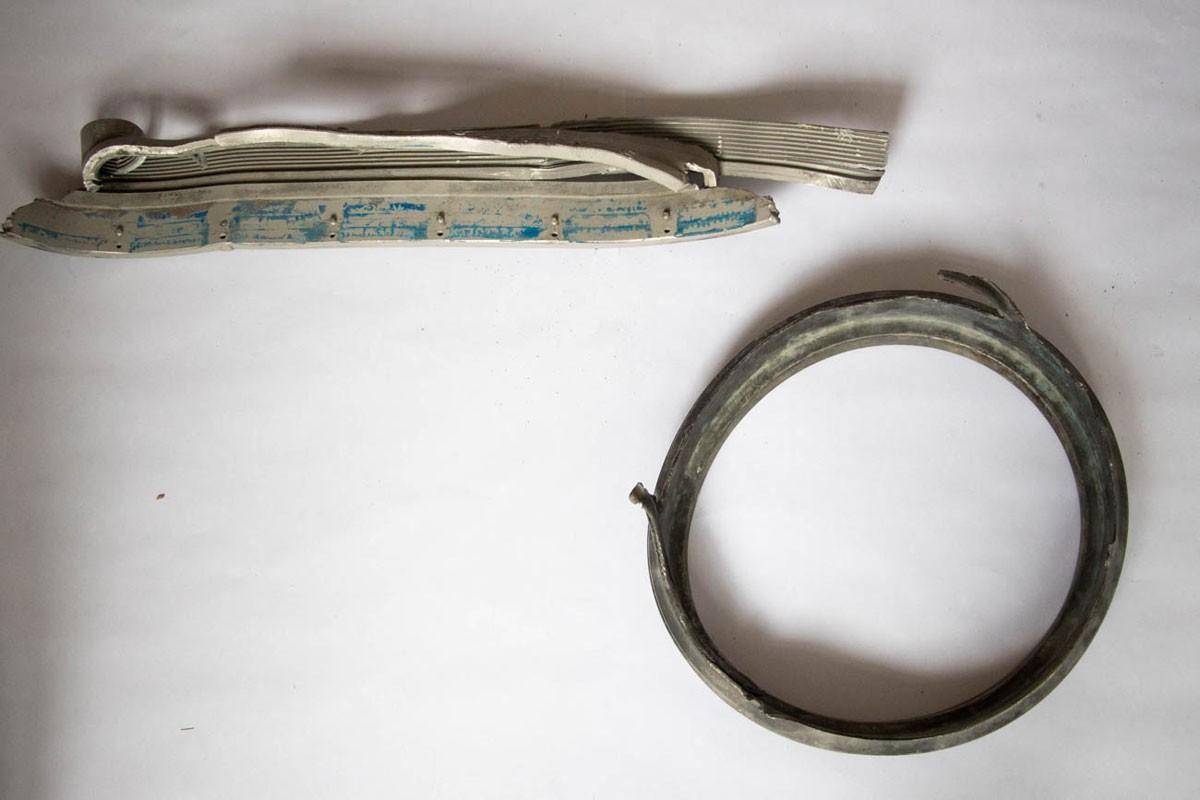
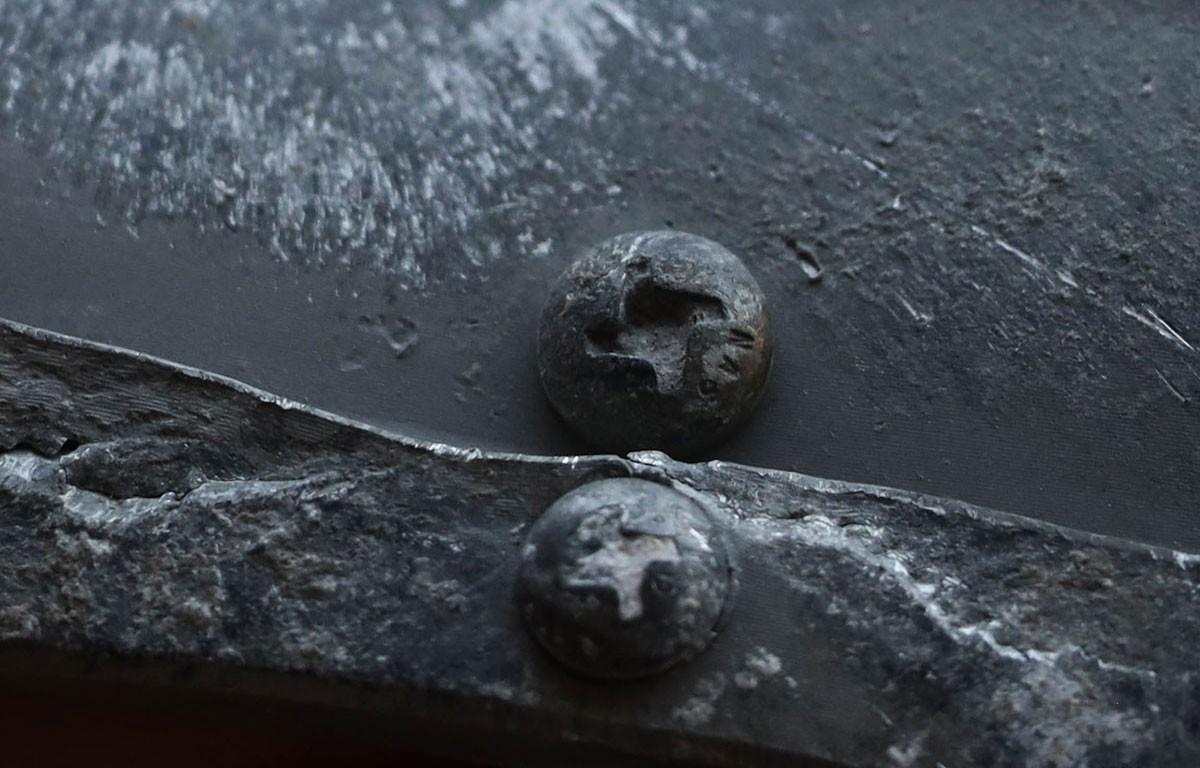
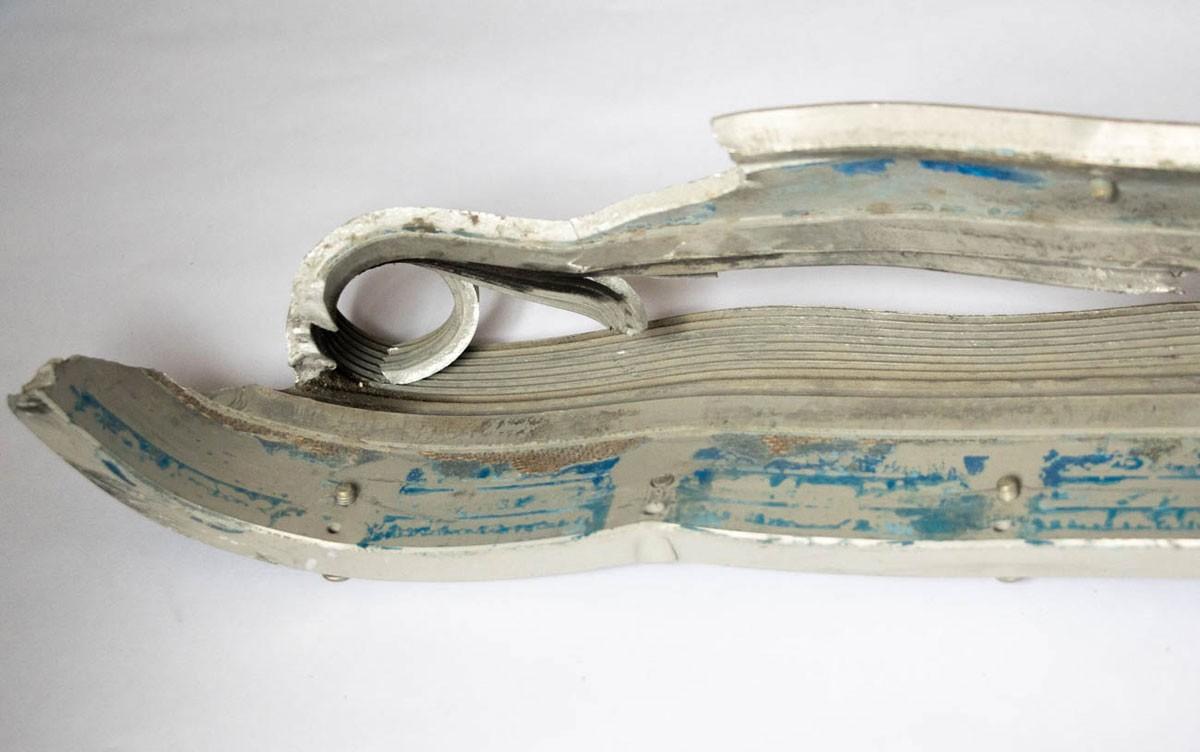
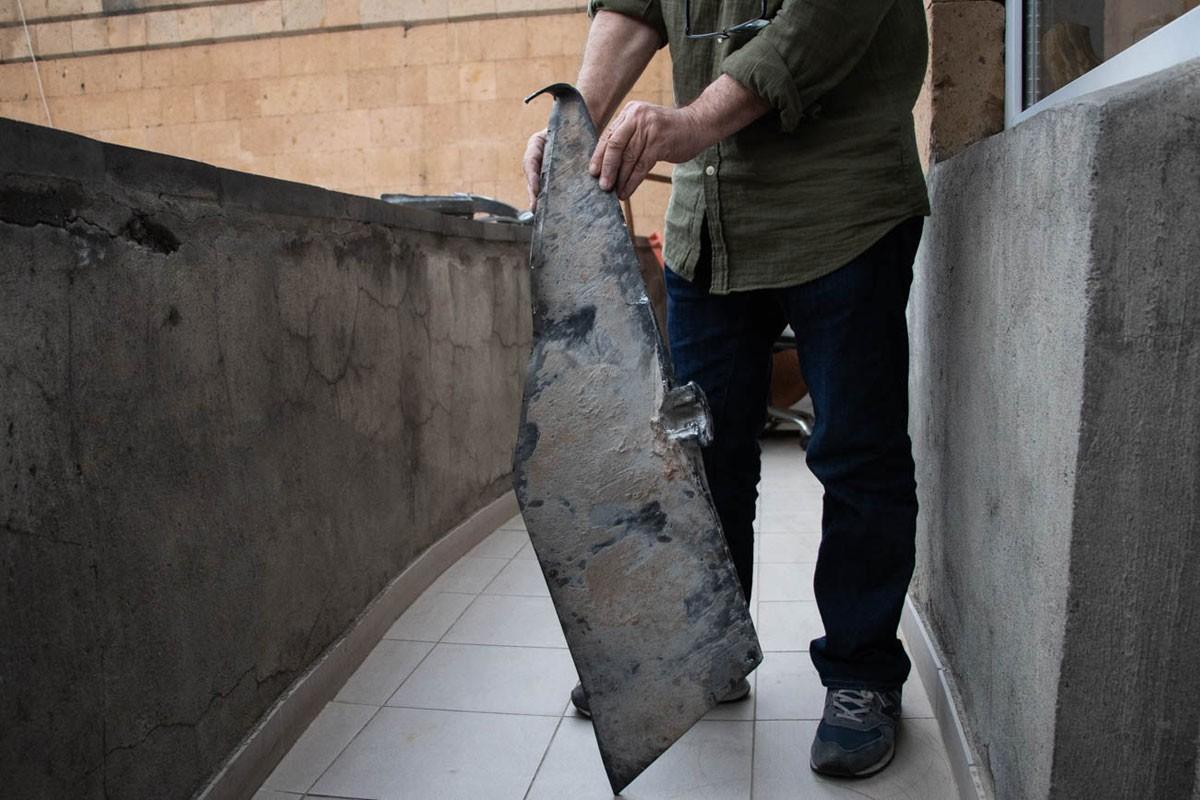
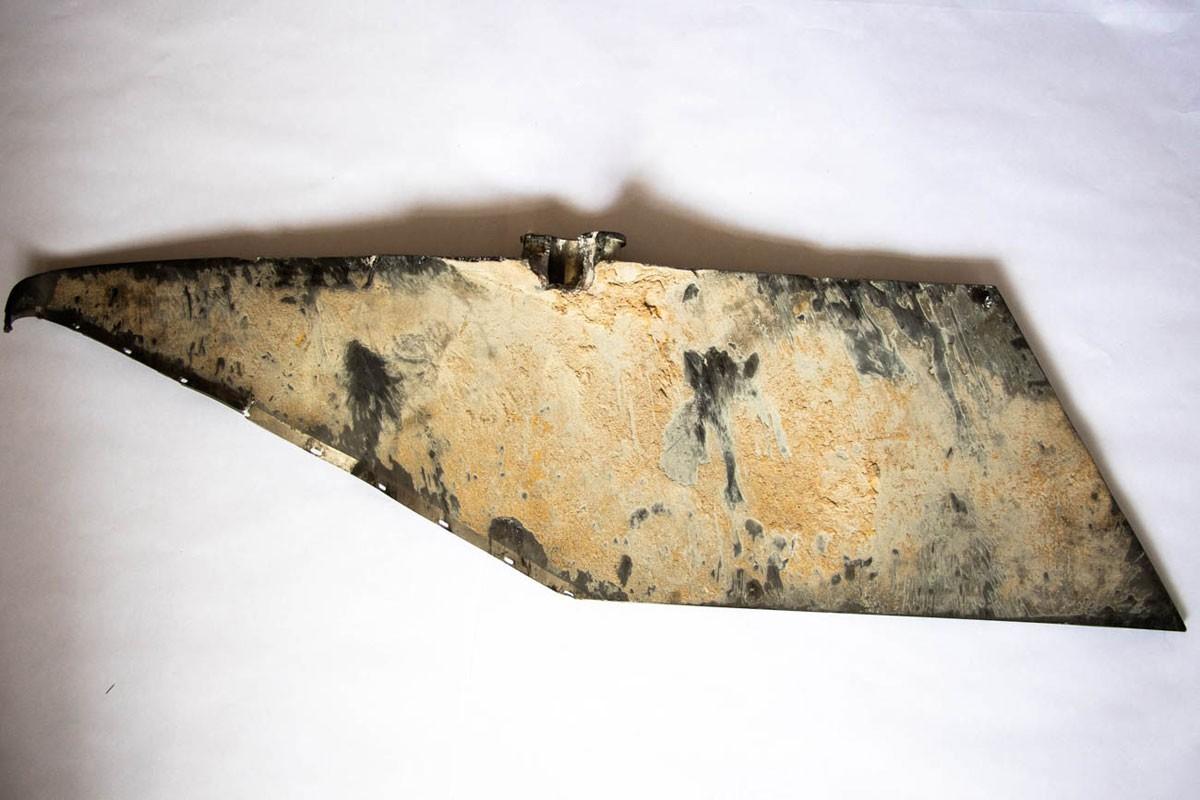
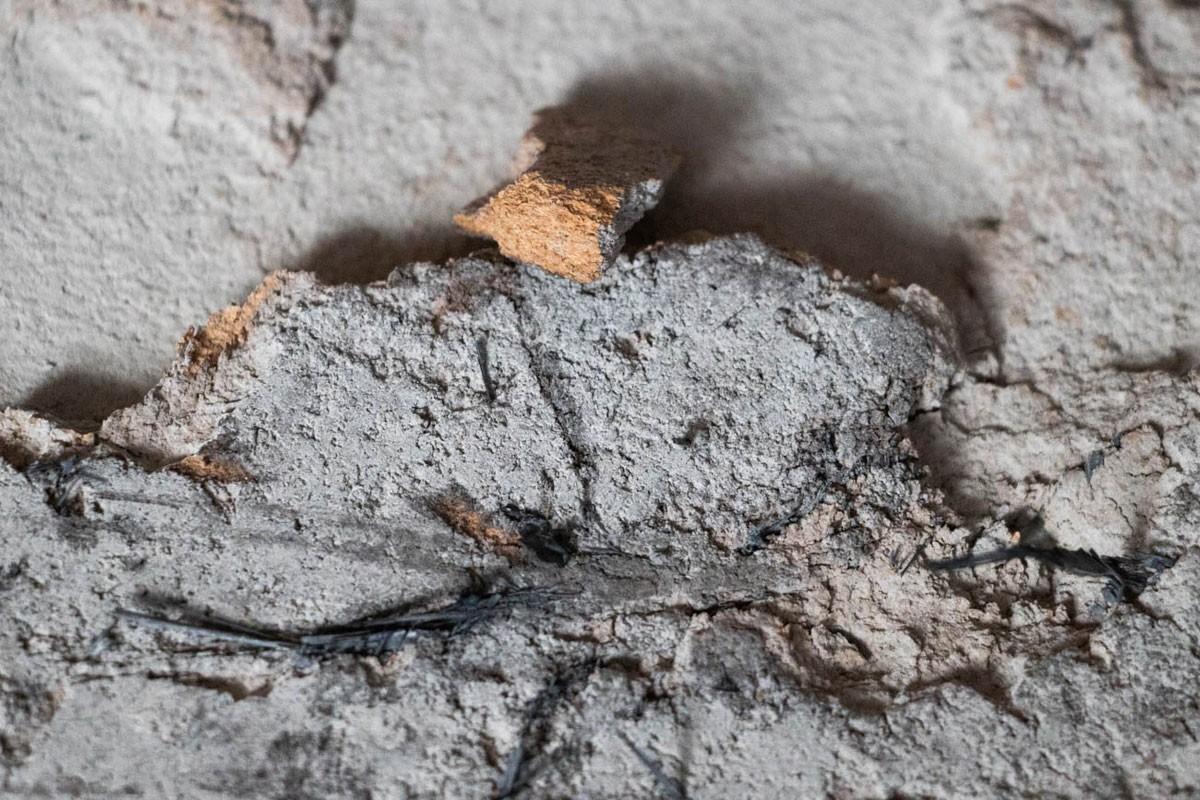
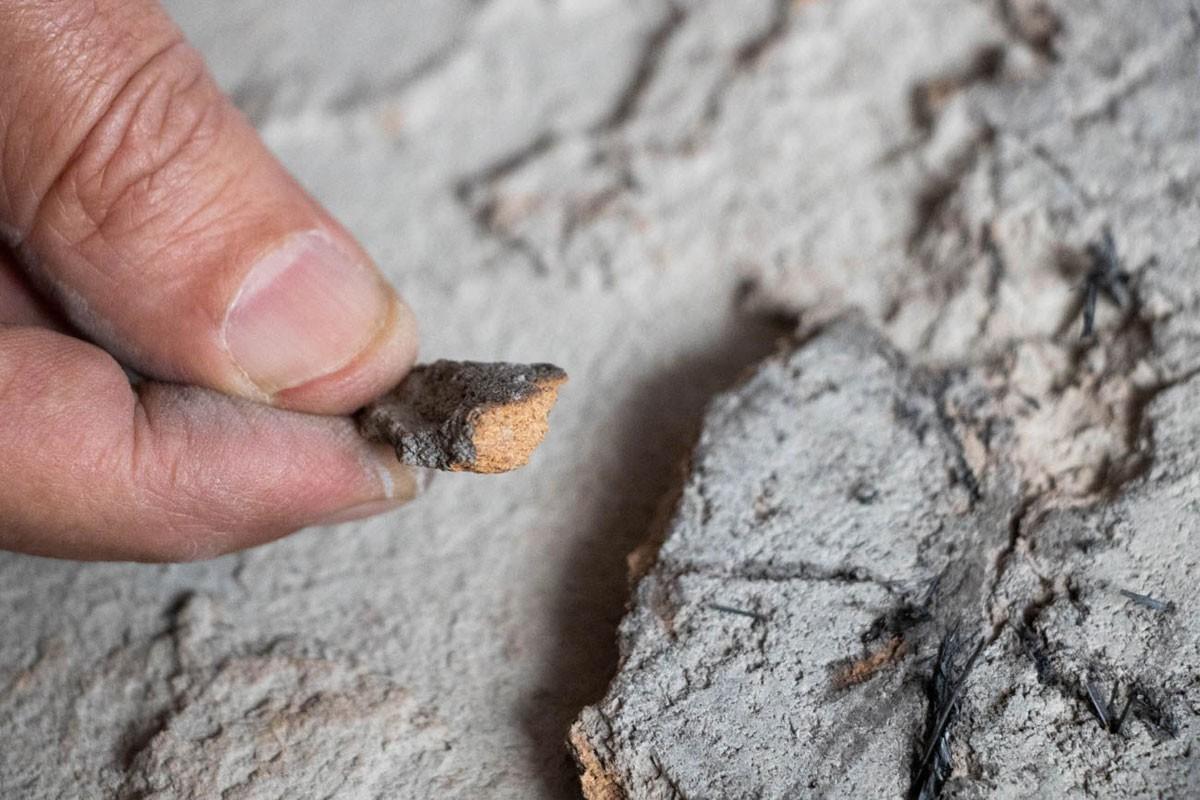

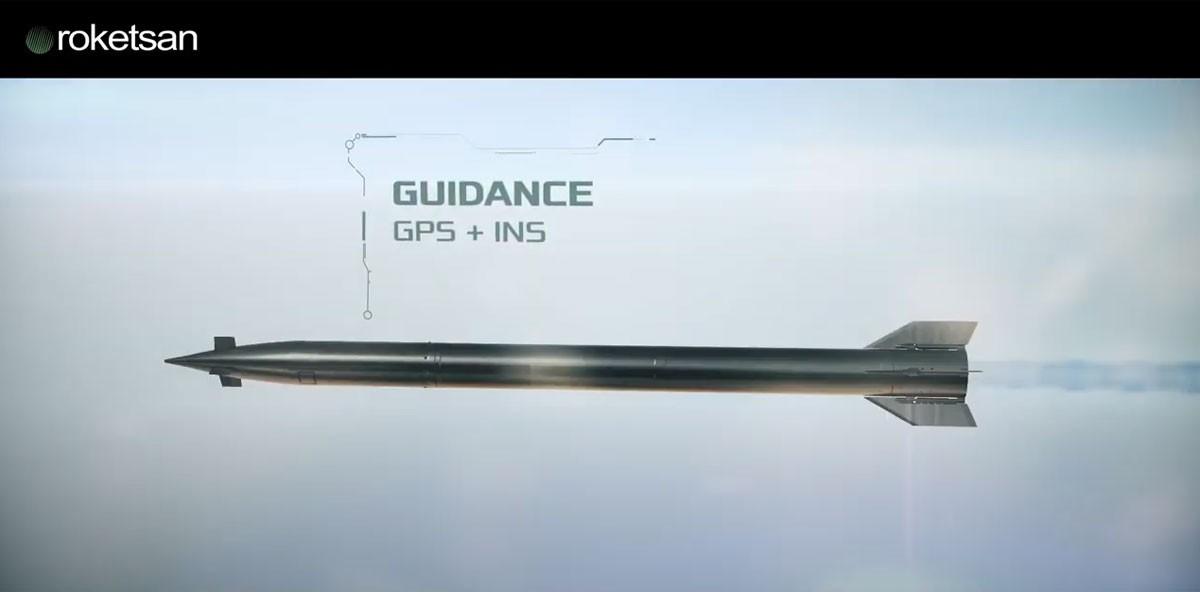
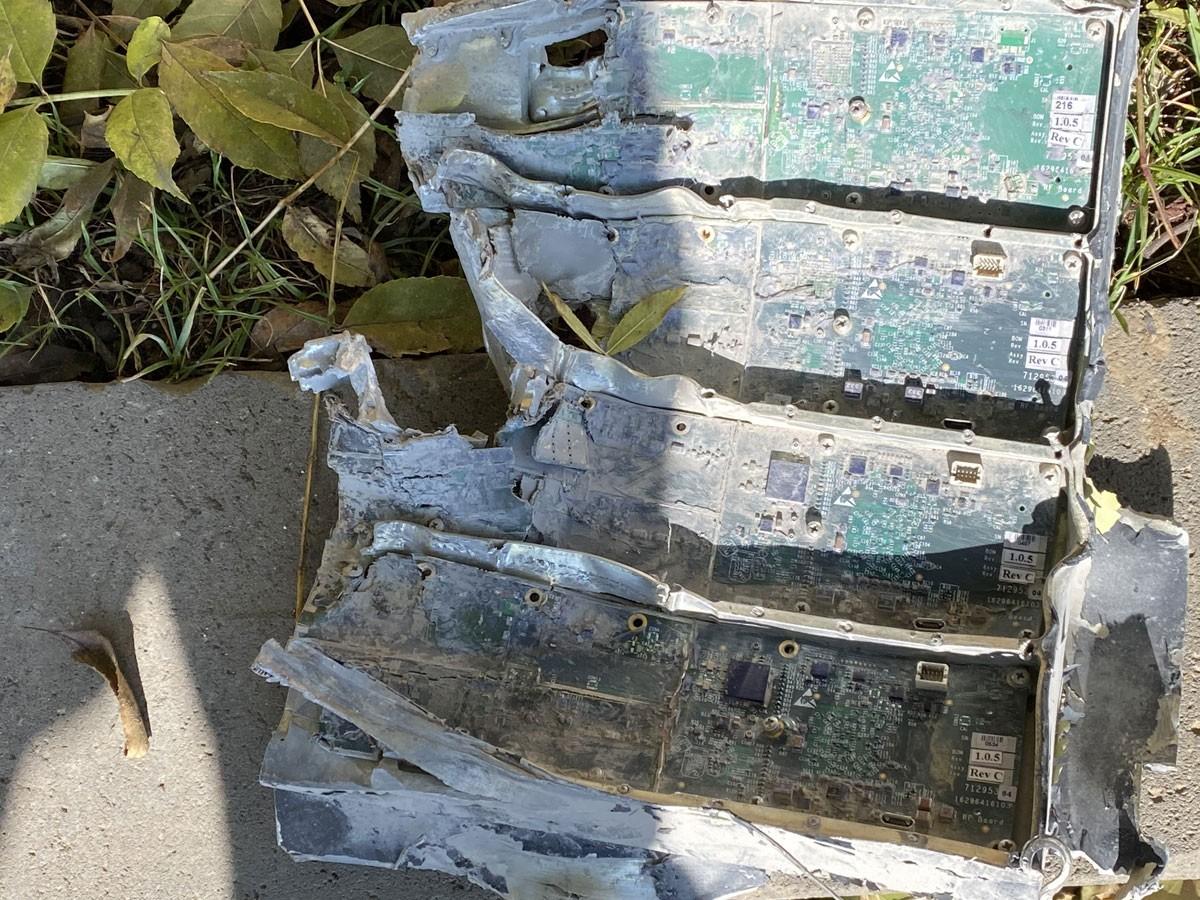
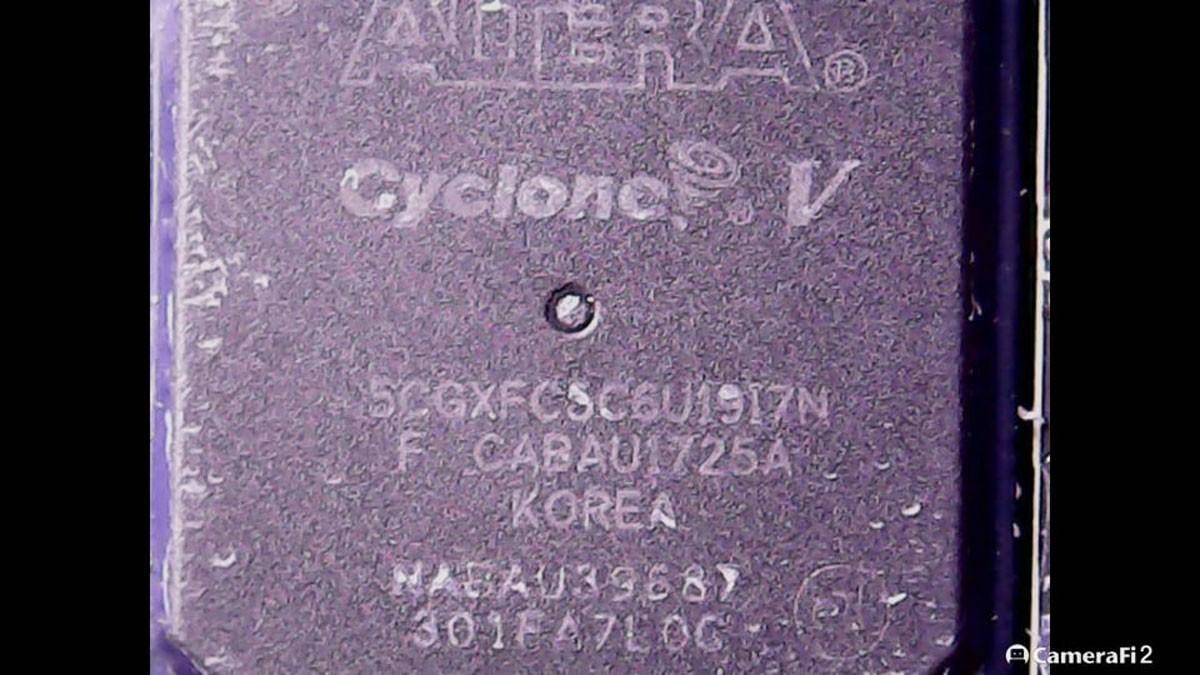
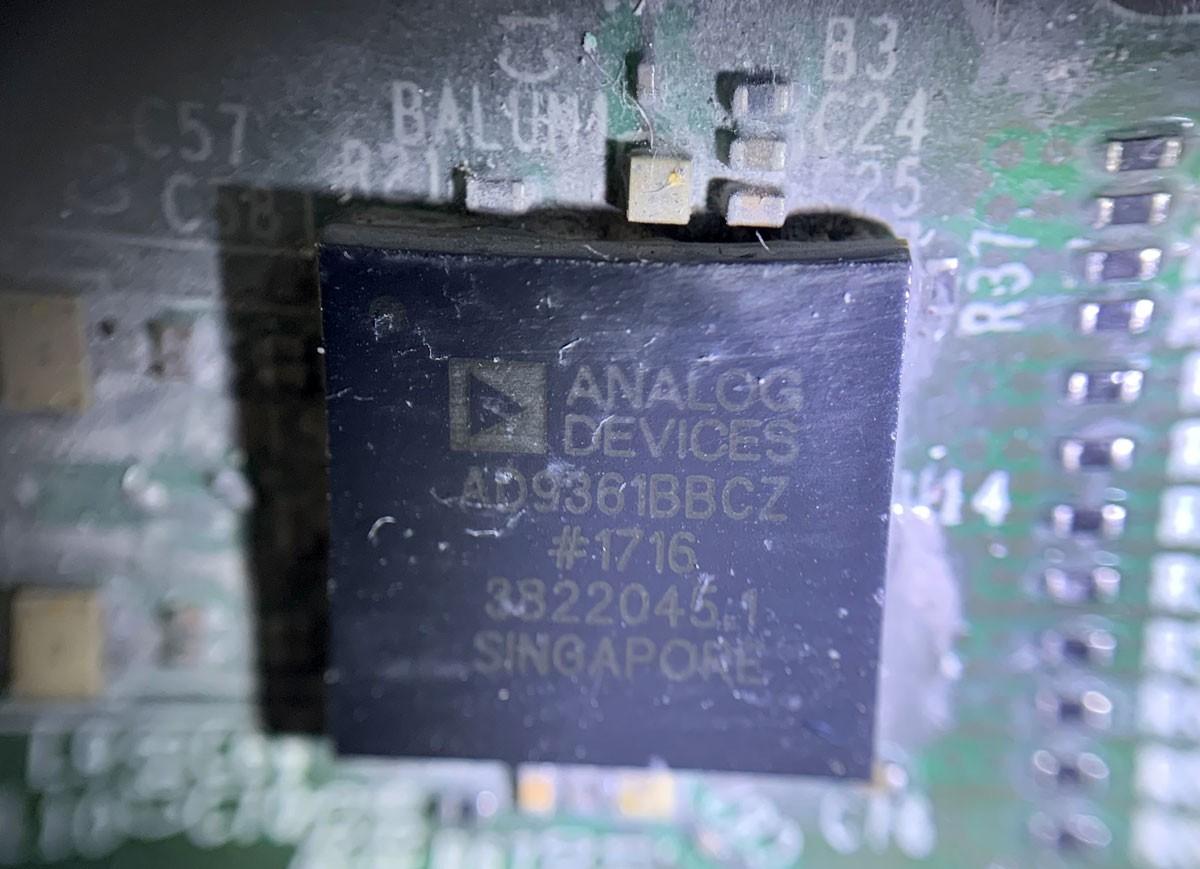

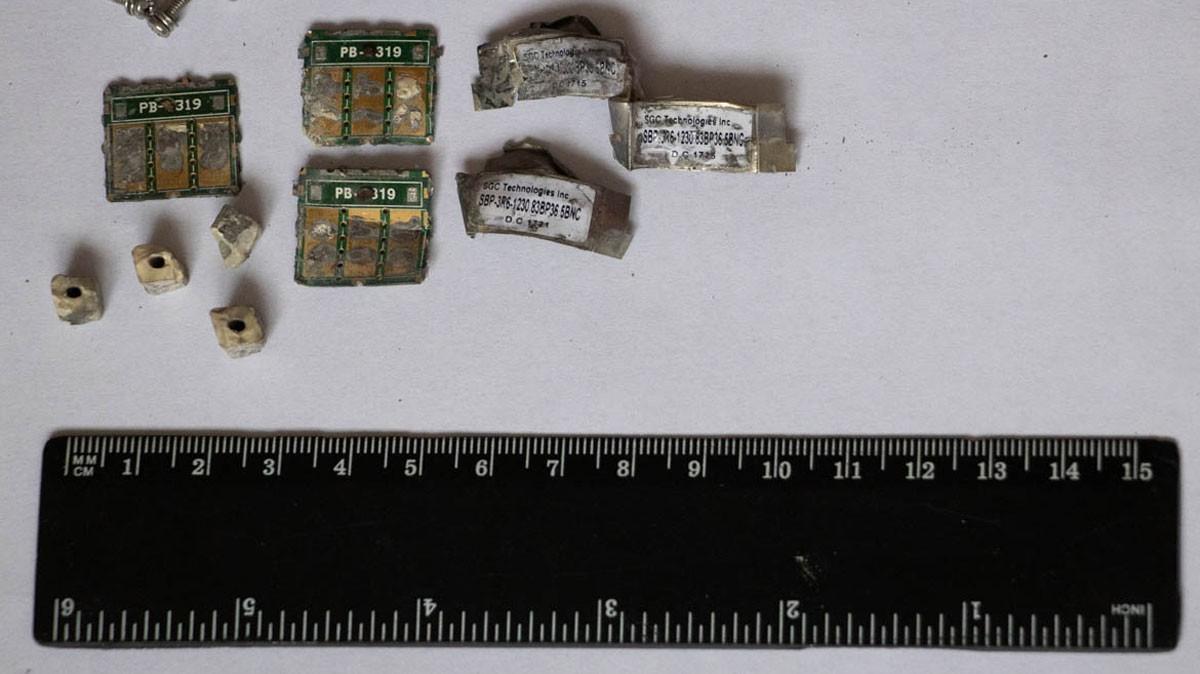
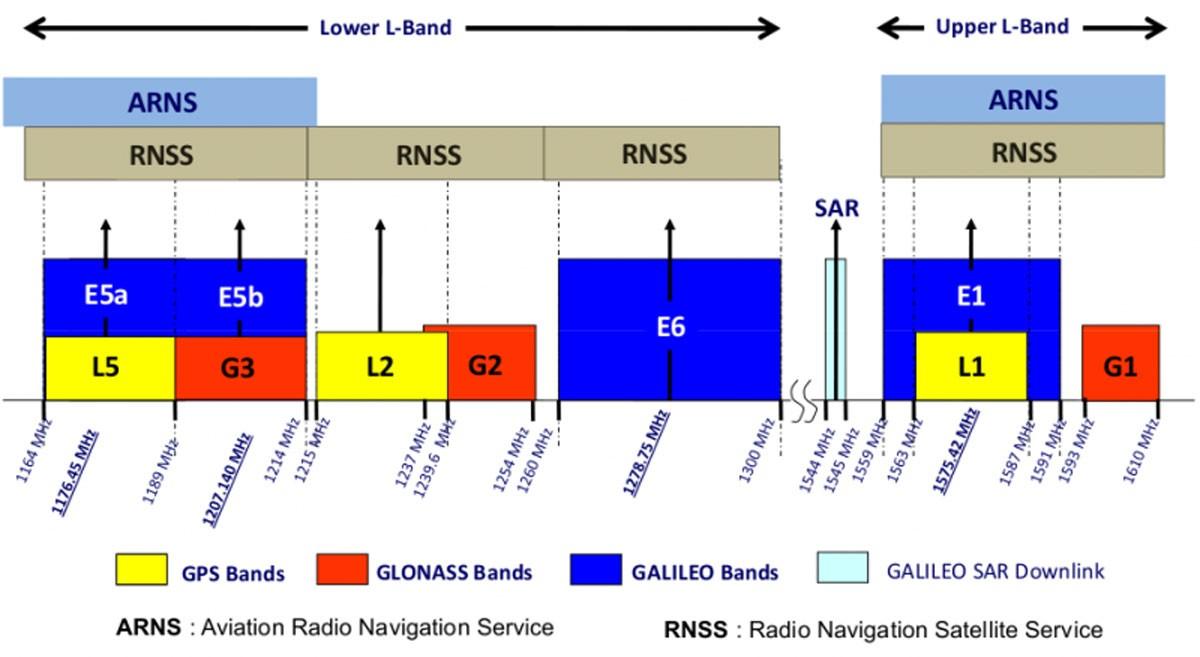
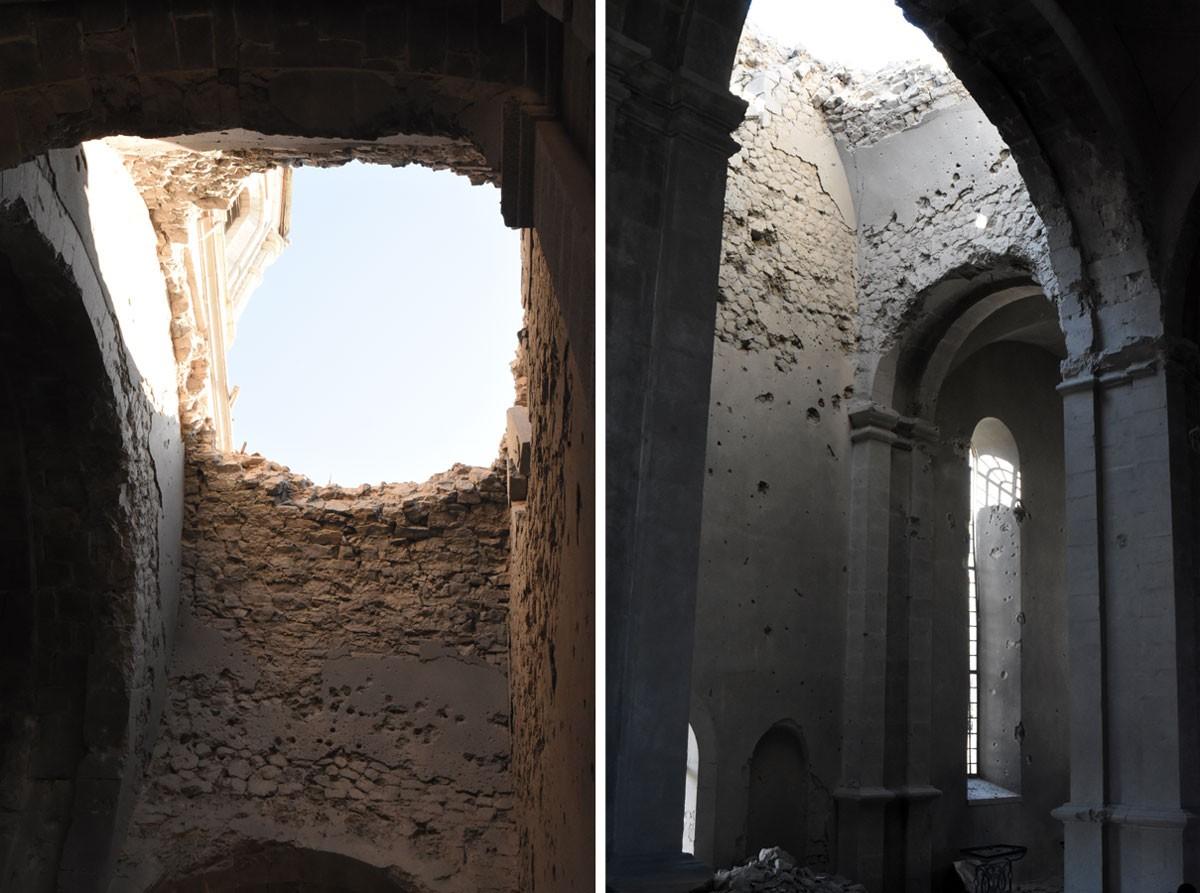
Comments (2)
Write a comment